Abstract art is a boundless realm of creativity, allowing artists to express emotions, movement, and depth in unique ways. When combined with texture, abstract paintings take on a new dimension—literally and figuratively—bringing an immersive, tactile quality that transforms any space. Whether you’re a beginner exploring textured painting or an experienced artist seeking new techniques, this guide will inspire you to elevate your art with layered effects.
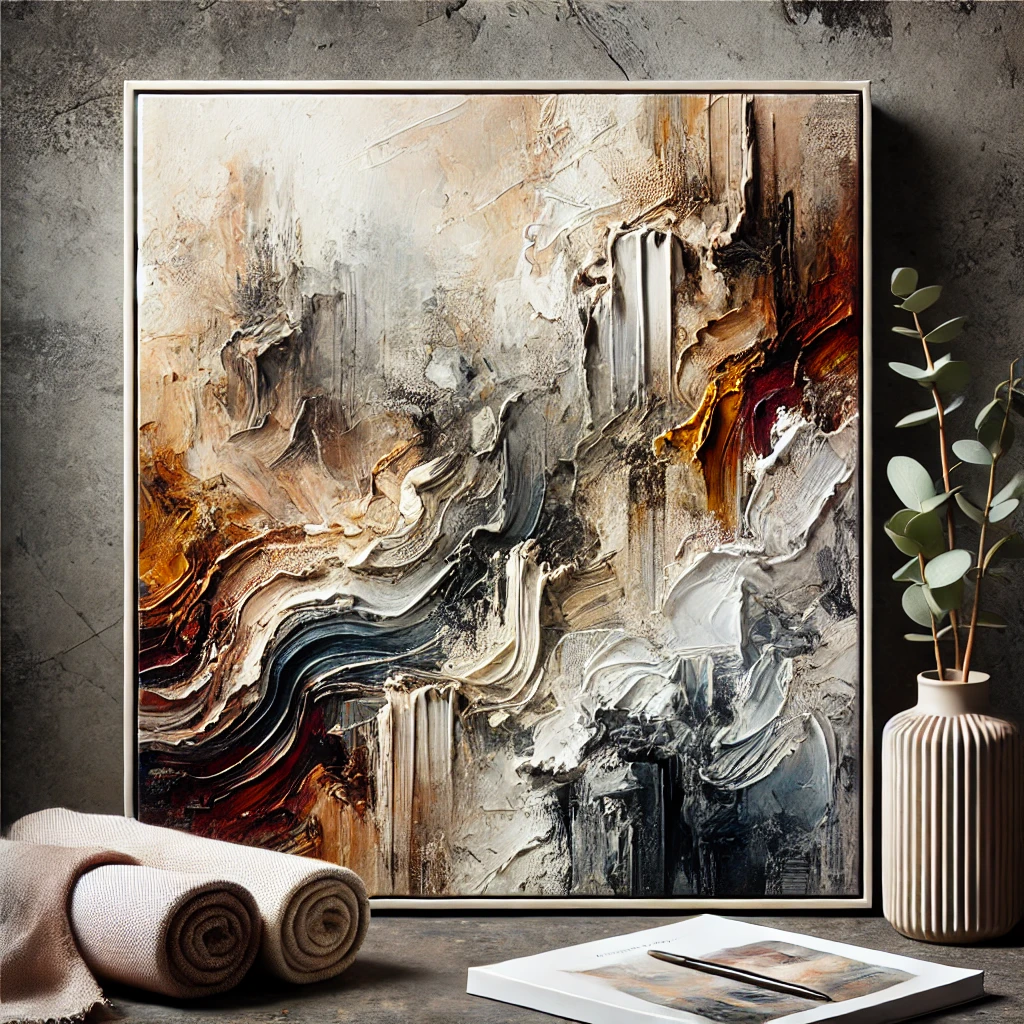
Why Texture Matters in Abstract Art
Texture adds depth and character to abstract paintings, making them visually intriguing and dynamic. It enhances the artwork’s ability to evoke emotion, as viewers not only see but also feel the movement of the paint.
Benefits of Adding Texture to Abstract Paintings:
- Creates Dimension – Transforms a flat canvas into a sculptural masterpiece.
- Enhances Light & Shadow Play – Adds dramatic effects depending on lighting.
- Adds Emotional Depth – Different textures evoke different moods.
- Increases Visual Interest – Encourages the viewer to engage longer.
- Provides a Unique Artistic Signature – No two textured paintings are ever the same.
Essential Materials for Textured Abstract Art
Before diving into techniques, having the right materials is key. Here’s what you’ll need to create layered textures in your artwork:
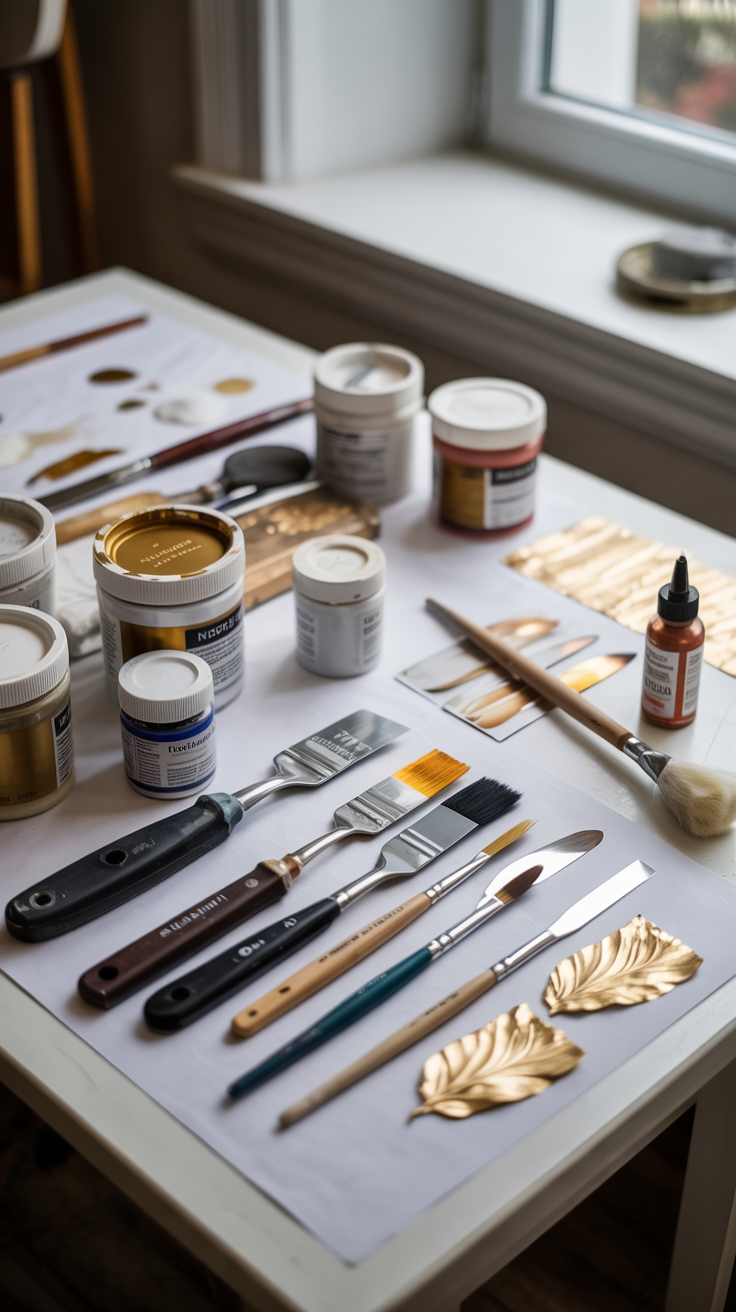
Core Supplies:
✔ Acrylic paints (heavy-body recommended for texture)
✔ Modeling paste (adds sculptural texture)
✔ Gel medium (for glazing and depth)
✔Palette knives (for bold strokes and scraping)
✔ Gesso (for base texture and priming)
✔ Brushes (varying sizes for different effects)
✔ Sandpaper (to refine layers or distress)
✔ Sponges & rags (for soft blending and dabbing)
✔ Found objects (string, fabric, or stencils for unique imprints)
💡 Pro Tip: For a more dramatic effect, incorporate gold leaf, metallic powders, or glass beads for added visual intrigue!
👉 Shop These Must-Have Textured Art Supplies
Top Techniques for Creating Textured Abstract Art
1. Palette Knife Techniques
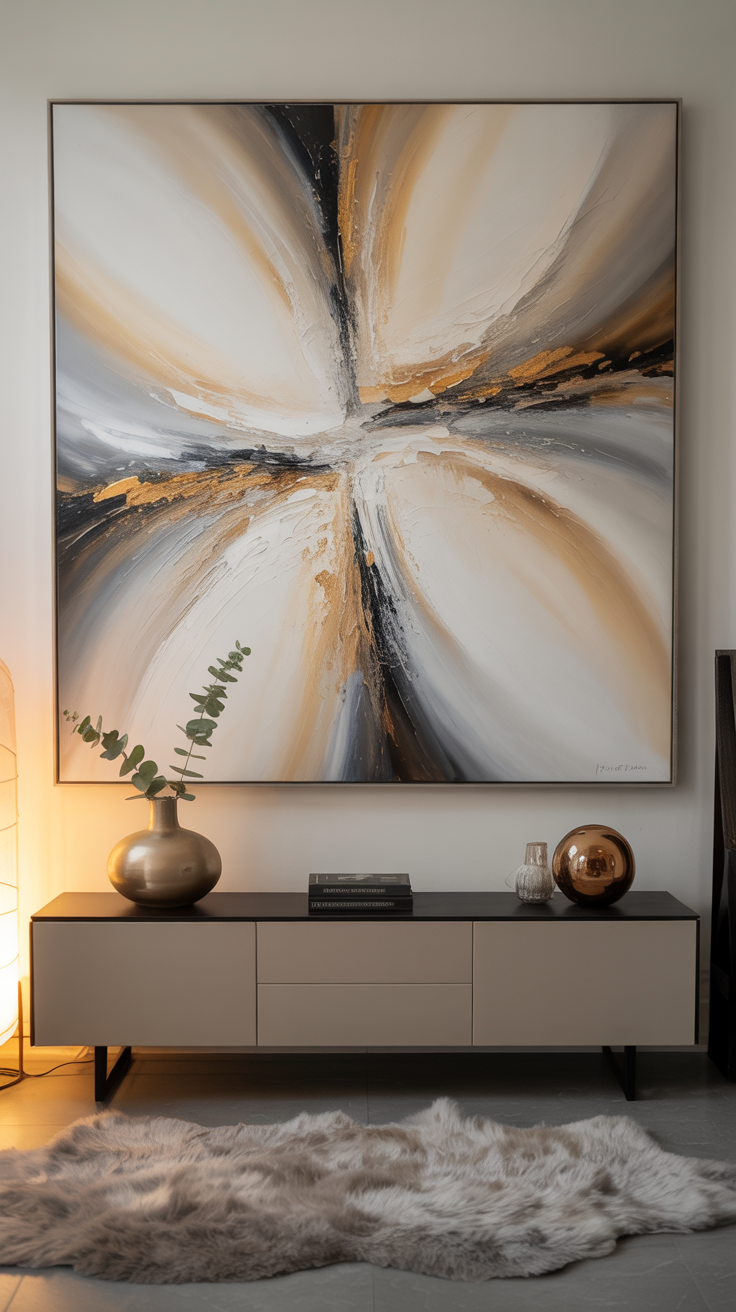
One of the most popular ways to add texture, palette knives allow you to spread thick layers of paint, creating organic, expressive movements.
- Scrape and layer colors for a dynamic look.
- Drag a knife through wet paint for interesting patterns.
- Create waves, ridges, and sharp contrasts.
2. Impasto Painting
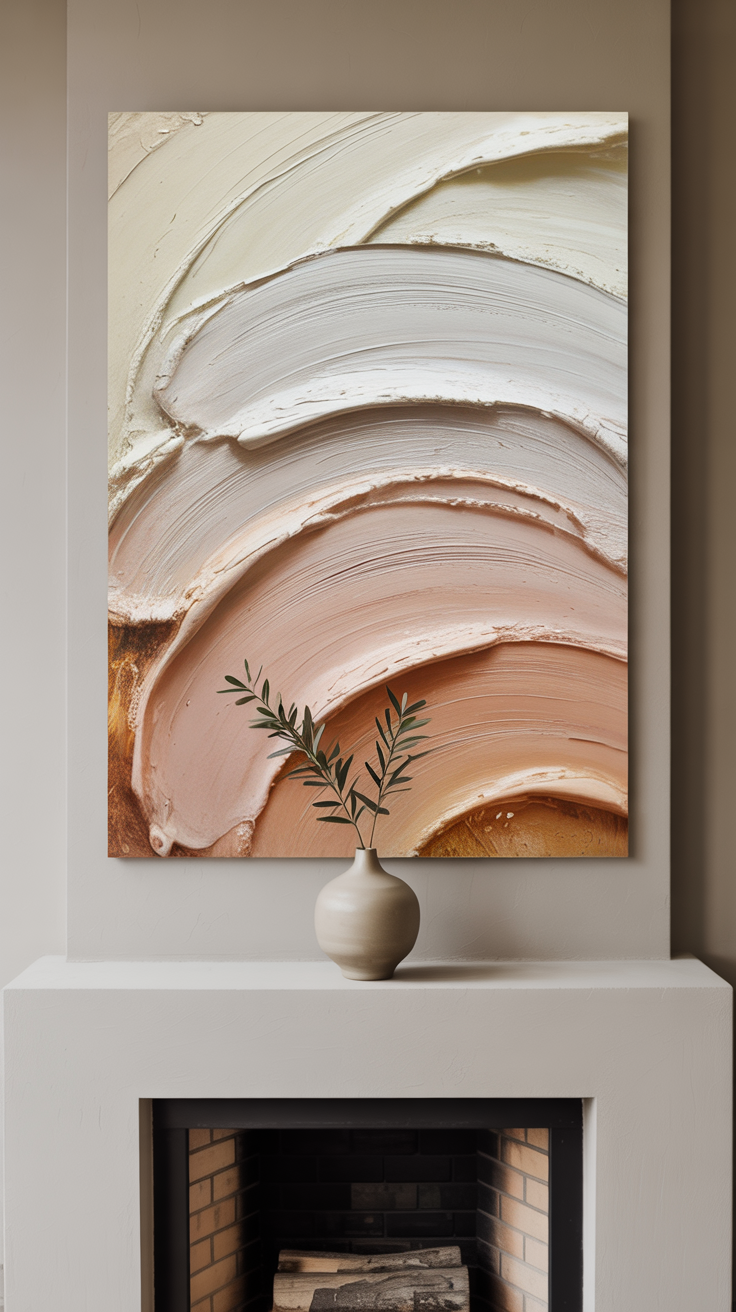
Impasto is a technique where thick paint is applied directly to the canvas, creating a raised, 3D effect.
- Use heavy-body acrylics or mix paint with modeling paste.
- Build up layers for a sculptural finish.
- Experiment with contrasting colors for depth.
3. Mixed Media & Found Objects
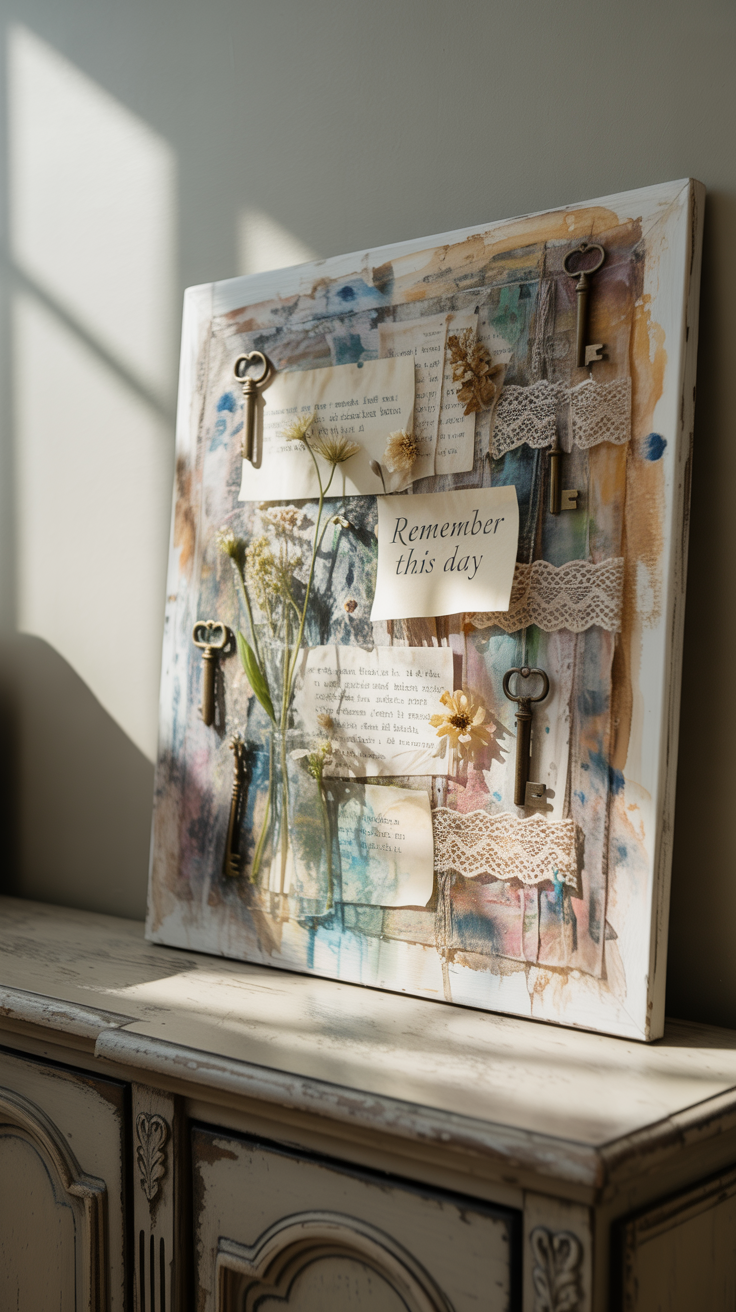
Adding unconventional materials brings a unique tactile element to abstract art.
- Use sand, fabric, paper, or string to create a multi-dimensional surface.
- Layer different mediums to create a story within your artwork.
4. Sgraffito (Scratching Through Layers)
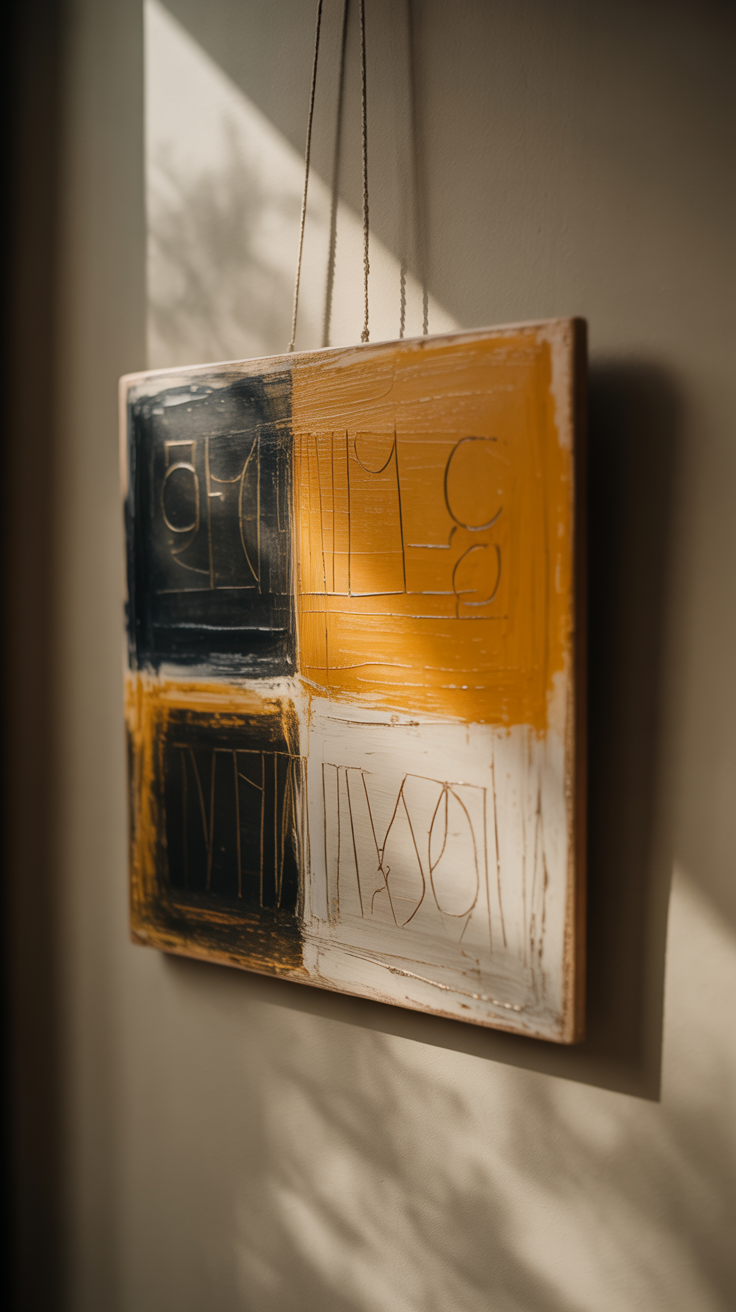
Sgraffito involves etching or scraping into wet paint to reveal underlying layers.
- Use the back of a brush or a palette knife.
- Ideal for intricate details and abstract storytelling.
5. Gel & Molding Paste Effects
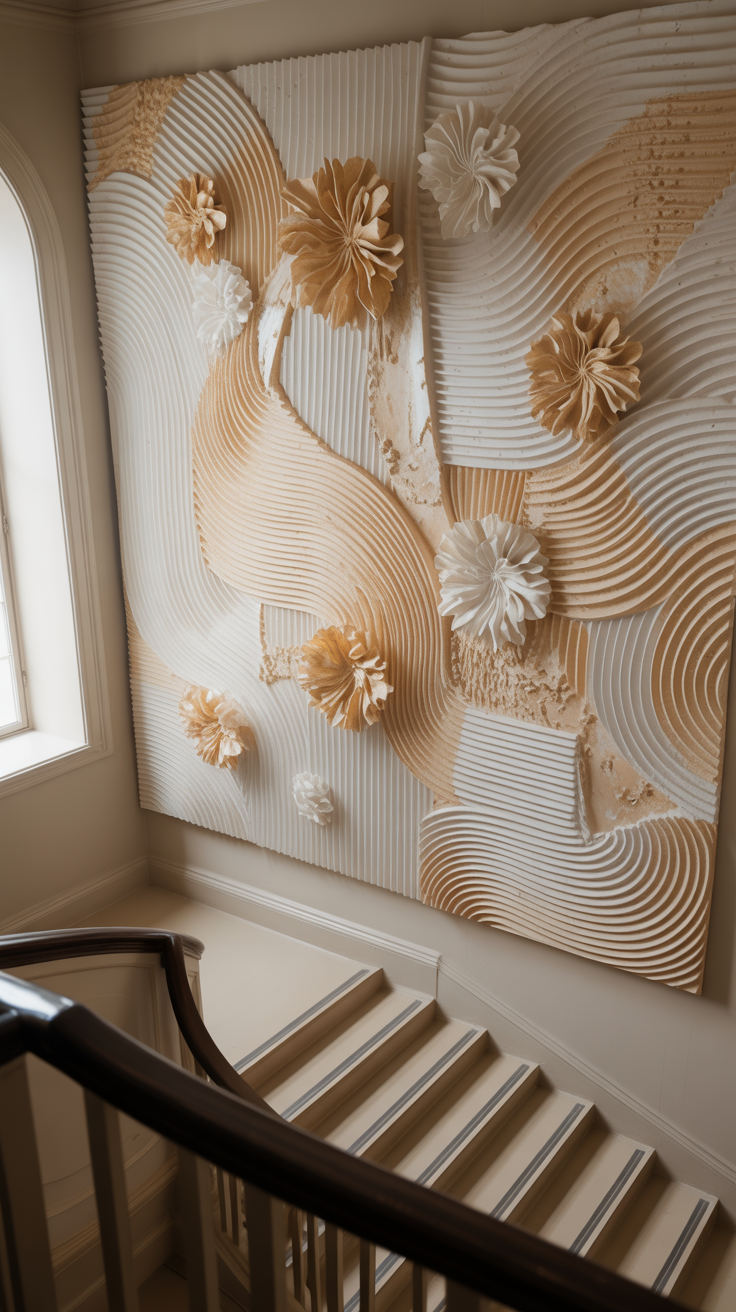
Acrylic gel medium and modeling paste are perfect for heavy textures.
- Apply with a palette knife for dramatic raised sections.
- Mix with paint for custom textured colors.
6. Gold Leaf & Metallic Accents
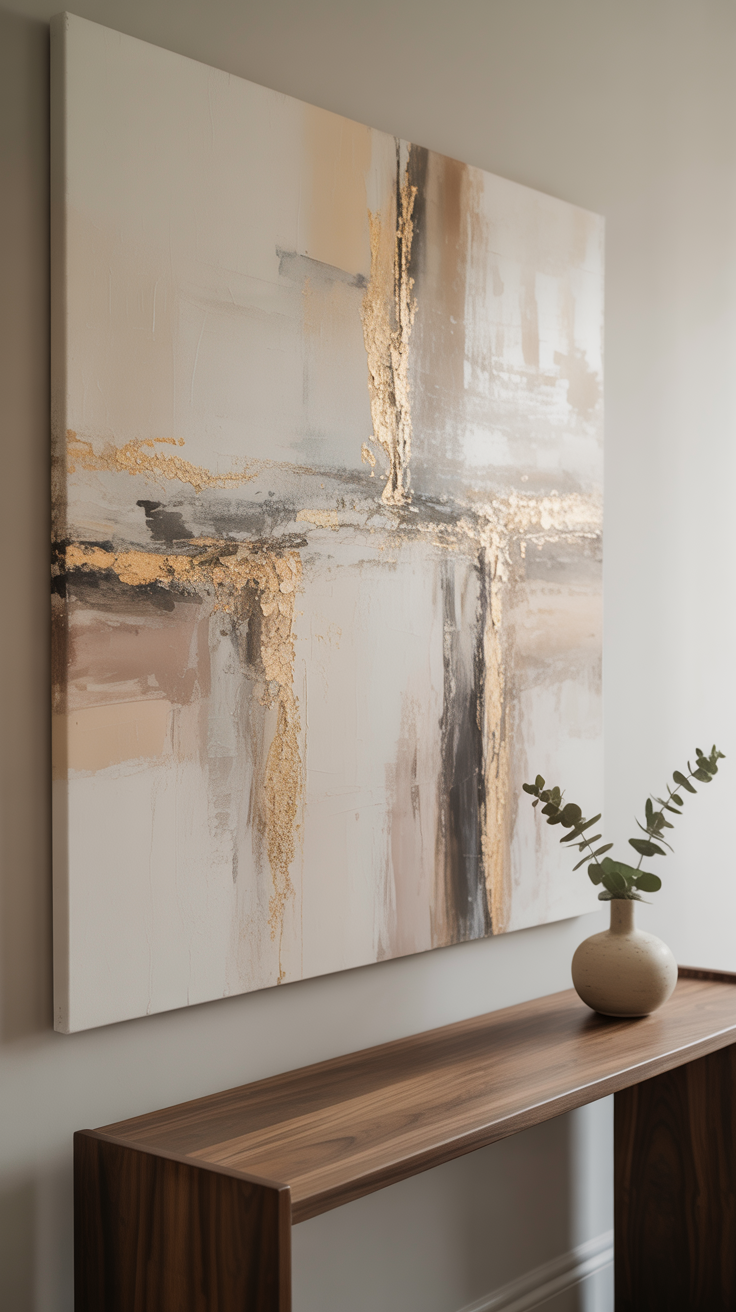
For a luxurious touch, incorporate metallic foils, gold leaf, or iridescent powders.
- Adds shimmer and dimension, making the artwork glow under light.
- Works well on minimalist abstract backgrounds.
👉 Recommended For a luxurious touch
Step-by-Step: Creating a Textured Abstract Masterpiece
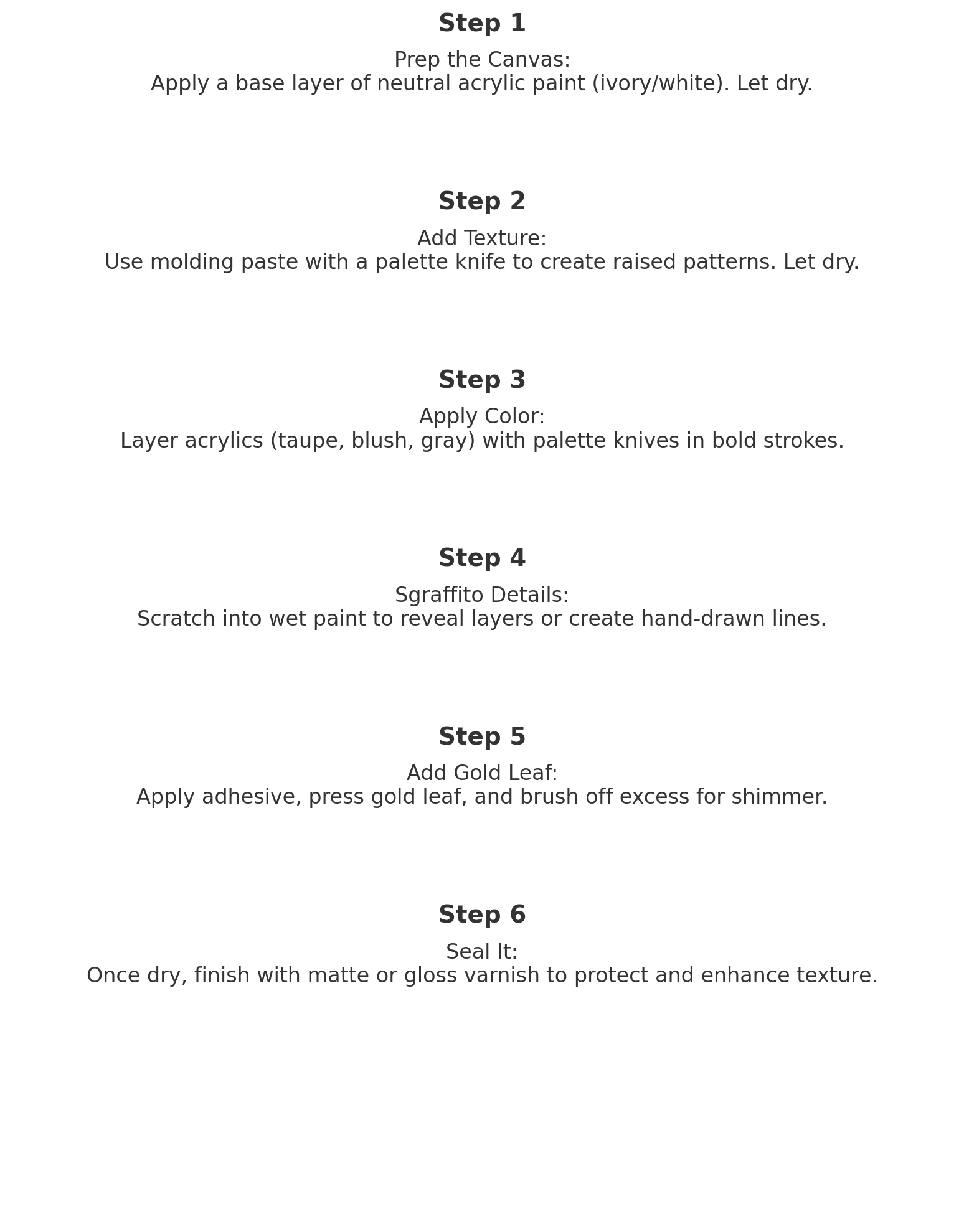
📌 Pin This for Later!
1. Prepare Your Canvas
- Apply a base layer of gesso for added grip.
- Sketch out a loose composition (if desired) with a light pencil.
2. Build Your Layers
- Start with background colors using broad strokes.
- Begin adding texture with modeling paste or gel medium.
- Layer paint and scrape with a palette knife for depth.
3. Add Dimension & Details
- Introduce metallic foils or sand for unique textures.
- Use sgraffito techniques to scratch and reveal underlying layers.
- Blend colors naturally or create stark contrasts for drama.
4. Final Touches & Sealing
- Let the artwork dry completely before sealing.
- Use a glossy or matte varnish to protect and enhance textures.
💡 Artist Tip: Experiment with different textures on small canvas panels before working on larger pieces!
Decorating with Textured Abstract Art

Textured paintings make stunning focal points in home interiors. Here’s how to showcase them:
- Minimalist Spaces: A large textured piece in neutral tones adds subtle sophistication.
- Bohemian Aesthetic: Layer smaller pieces with woven wall hangings.
- Modern Luxe: Incorporate metallics and bold abstract strokes.
- Gallery Walls: Mix textured canvases with smooth prints for contrast.

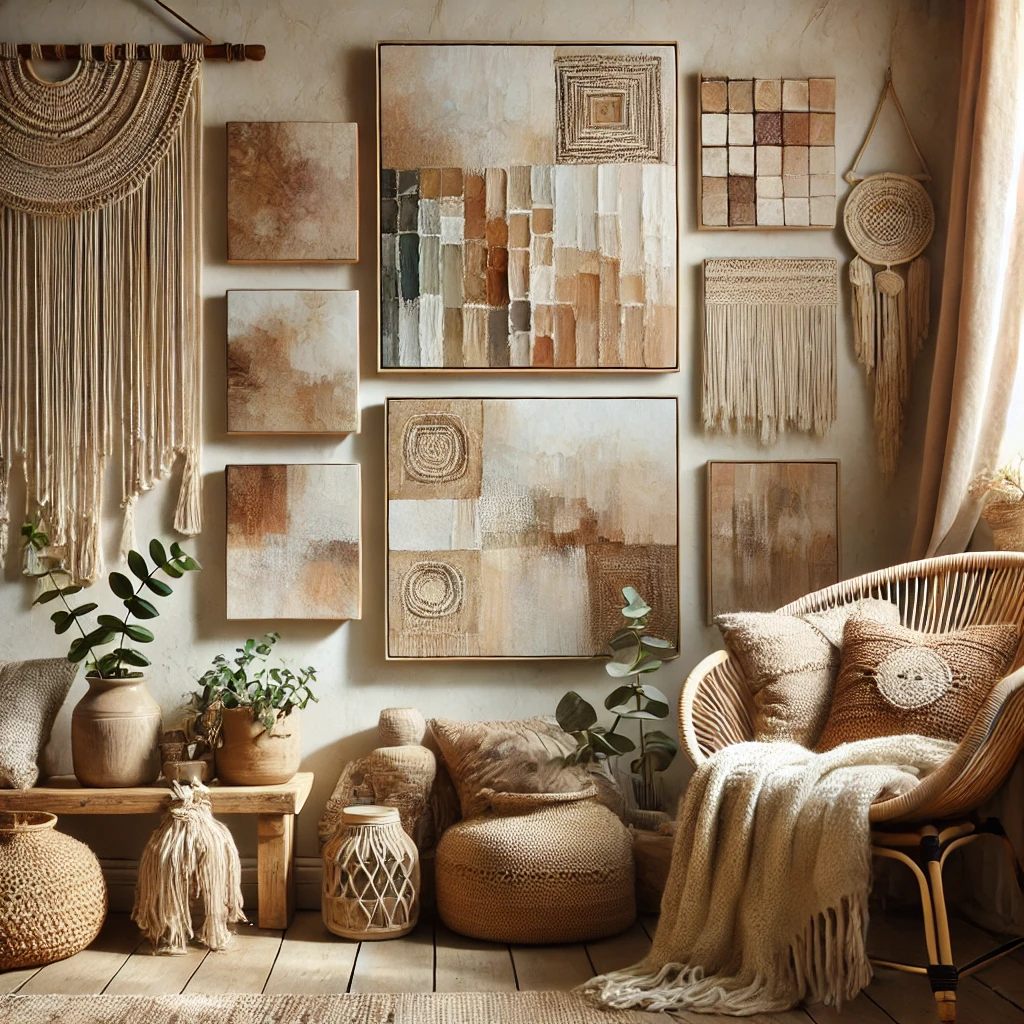
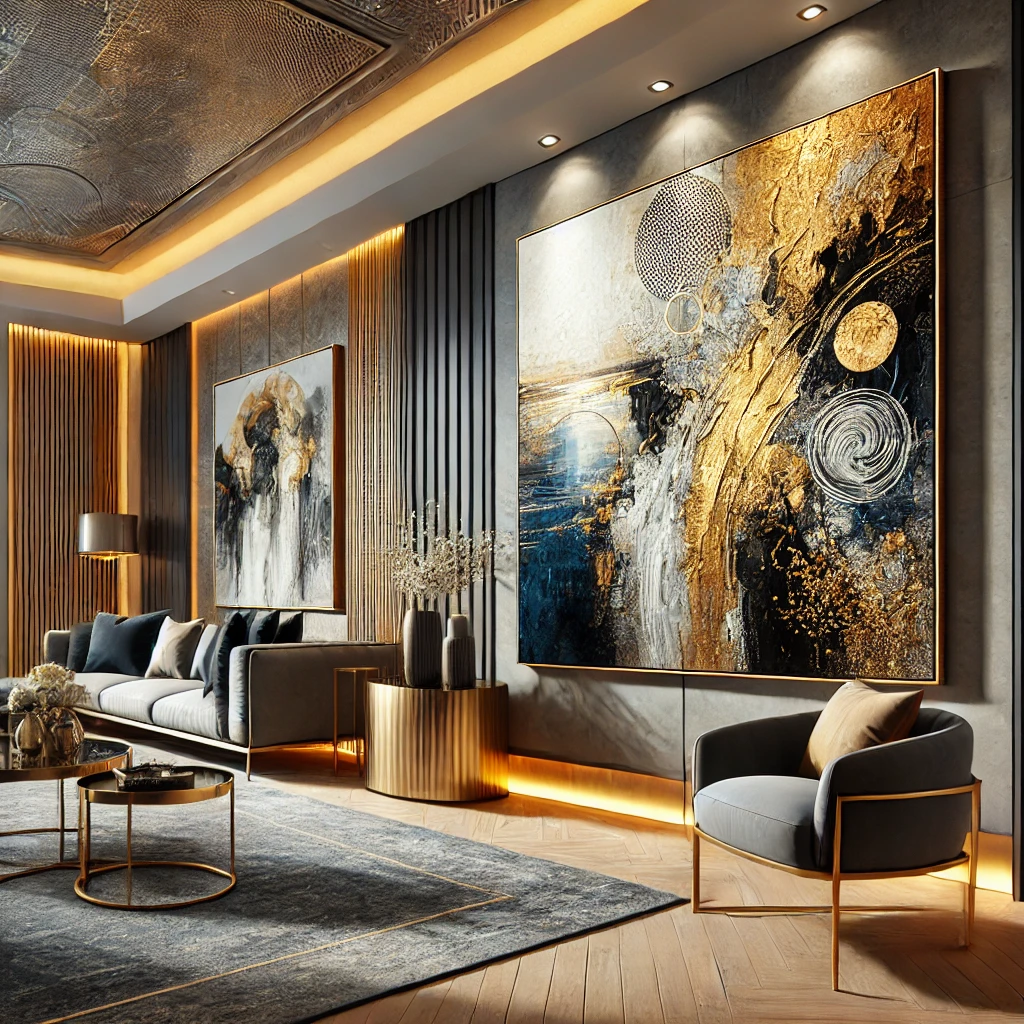
Final Thoughts: Let Your Creativity Flow!
Textured abstract art is a limitless way to explore creativity. Whether you prefer subtle ridges or bold sculptural strokes, each piece tells a unique story. Start experimenting with textures today, and let your artistic intuition guide you!
🎨 Ready to Create? Shop These Artist-Approved Textured Art Tools!
📸 Share Your Work! Tag your creations with #TexturedAbstractArt on Instagram & Pinterest!